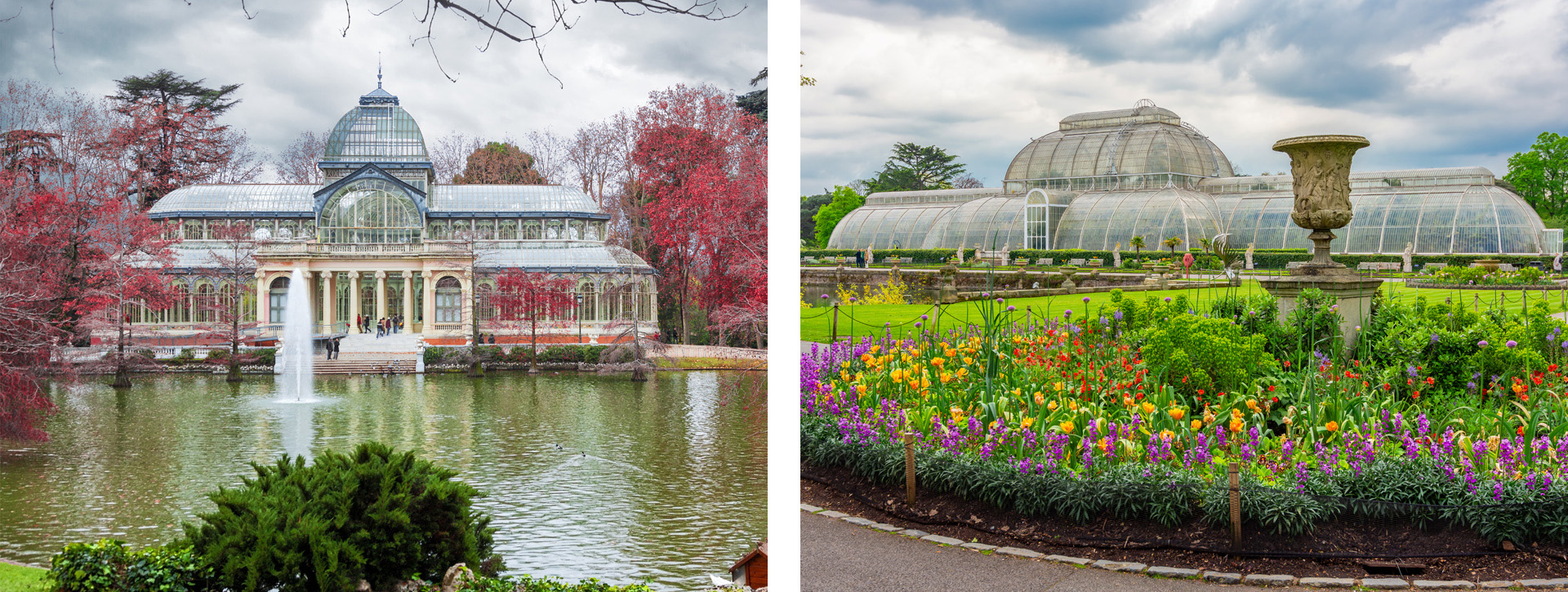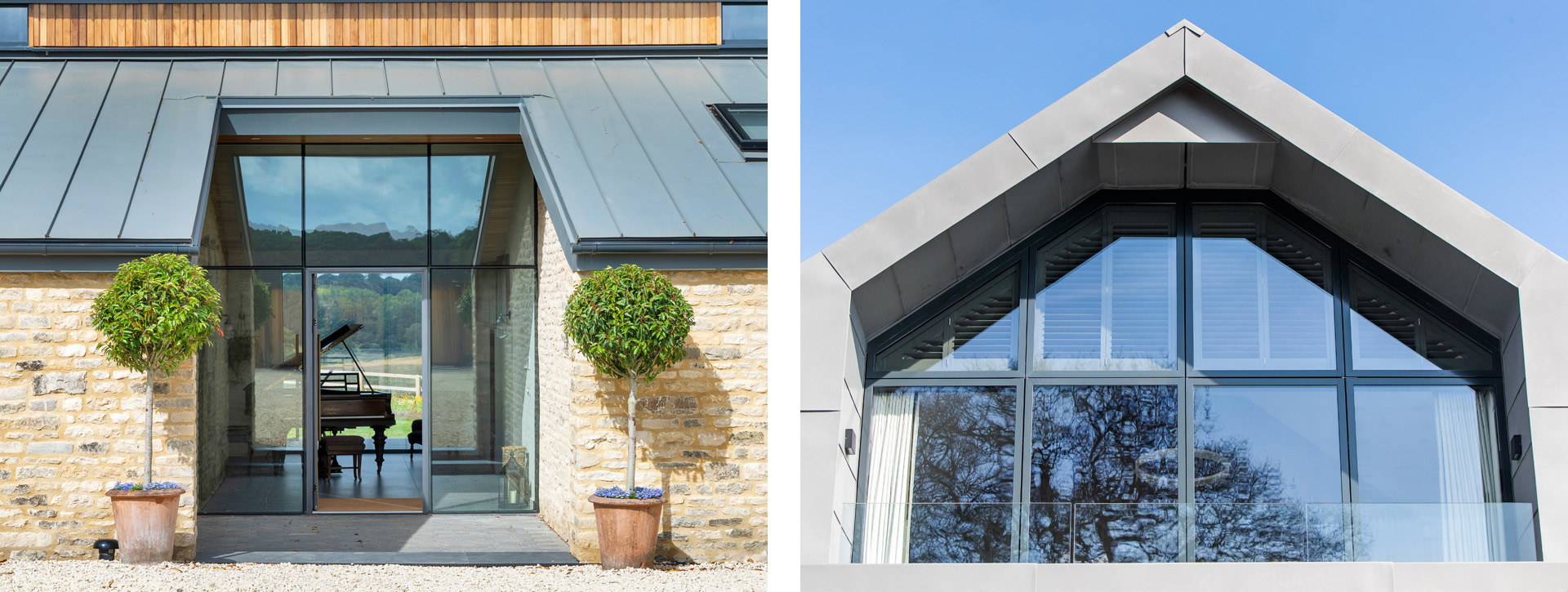Just to be clear…
This month we determine that people in glass houses shouldn’t throw stones… they should throw parties!

The transparent evolution
The impact glass has had in transforming the architectural landscape of the world is nothing short of incredible when you stop to think about it. Glass has been a material of marvel and mystery since its accidental discovery, reputedly by Phoenician sailors around 5000 BC. Its journey from primitive, murky sheets to the clear, versatile panes we know today is a testament to human ingenuity and an unyielding desire for transparency (literally and figuratively – please pardon the pun).
The Romans were among the first to use glass in buildings, creating small panes for windows as early as 100 AD. These early windows were more for letting in light than for seeing through, as the glass was often opaque and uneven. Fast forward a few centuries and medieval stained glass windows became the pride of cathedrals across Europe, painting biblical scenes with light and colour.
In the UK, glass started to be used more significantly in the 17th century, with the arrival of clearer, more functional glass panes. The establishment of the Worshipful Company of Glass Sellers in 1664 marked the beginning of glass as a critical material in British architecture. However, it was the Georgian era that truly embraced glass, as sash windows became all the rage. These elegant frames allowed for larger panes, giving rise to the classic look of Georgian terraces.
The 19th century saw glass truly come into its own with the invention of sheet glass. This innovation allowed for the construction of larger, more uniform panes, paving the way for one of the UK’s most iconic glass structures: The Crystal Palace. Built for the Great Exhibition of 1851, the Crystal Palace was a marvel of its time, boasting 990,000 square feet of glass. This soaring iron and glass structure was not just an architectural wonder but also a symbol of industrial prowess and innovation. It was, however, also a gigantic greenhouse – just without the tomatoes.
Victorian Britain developed a bit of a glasshouse obsession. From the grand Kew Gardens Palm House to the humbler backyard conservatories, the ability to create indoor climates gave gardeners the upper hand against the unpredictable British weather. It was said that if you couldn’t grow it in a glasshouse, you probably couldn’t grow it at all.

In the 20th century, glass became the go-to material for modernist architects. The sleek, transparent surfaces symbolised progress, openness, and the breaking down of barriers—both physical and ideological. Post-war Britain saw the rise of glass-clad office buildings and public spaces, heralding a new era of urban design. The iconic Lloyd’s Building, designed by Richard Rogers and completed in 1986, featured an extensive use of glass, showcasing the building’s internal workings to the outside world.
With the dawn of the 21st century, glass began to play a crucial role in sustainable building practices. Innovations such as double and triple glazing, low-emissivity coatings, and smart glass technologies have made glass an integral part of energy-efficient design. Today’s architects are tasked with balancing the aesthetic appeal of glass with the environmental imperative of reducing energy consumption.
Structural glass combines aesthetic appeal with functional strength. It is designed to bear loads and stresses similar to traditional construction materials like steel and concrete, allowing for innovative architectural designs that emphasize transparency and light. Used in applications ranging from facades and skylights to floors and staircases, structural glass provides unobstructed views and enhances natural light penetration, creating open, airy spaces. Advances in manufacturing techniques and material engineering have improved the strength and safety of structural glass, incorporating features such as laminated layers and tempered glass to resist impacts and thermal stresses. This versatility and durability make structural glass a popular choice in contemporary architecture, transforming buildings into visually striking and light-filled environments.
From Roman windows to Victorian glasshouses and modern skyscrapers, the evolution of glass in UK architecture is a story of innovation, resilience, and a touch of eccentricity. Glass has allowed us to create spaces that are open and filled with light, bridging the gap between indoors and out. As we continue to develop new technologies and sustainable practices, the humble conservatory, once the domain of Victorians and their exotic plant collections, is seeing a resurgence too. The rise of the hipster conservatory means they are now more likely to be filled with succulents, artisanal coffee, and yoga mats. The glasshouses of yesteryear have been repurposed for modern lifestyles, offering bright, Instagram-worthy spaces for everything from home offices to meditation rooms.

New projects across the board – It has been an exciting month for new projects across the Cotswolds, London and Surrey.
In the Cotswolds, we are super excited to have been instructed on a stunning Grade I listed Elizabethan Manor house dating back to 1590. It is an absolute gem that has been little altered, even when it was last restored in the 1930s. We could not be more thrilled to now be part of the team undertaking it’s full refurbishment. The photos shown here are courtesy of @laurengilberthorpeinteriors who we are thrilled to be collaborating with on this project.
The Cotswold team has also been appointed this month to carry out some alterations and the internal refurbishment of another stunner – this time a Grade II listed Georgian town house in Minchinhampton. It boasts the best town garden which is uniquely formed at the centre of the building’s Georgian quadrangle.
In Surrey, the team have won a fabulous project in the very prestigious Sunningdale. We will be remodelling this large family house, adding a new basement and undertaking an extensive landscaping project to complement the building works being carried out.
Another listed Georgian town house is London’s latest project. The London team have been appointed to fully refurbish this beautiful property and link it to its own mews to the rear.

Meet the Team – This month meet Georgie!

As a summer intern it has been great to have her as part of our Cotswold team.
She will be much missed when she moves on in September – no doubt to do great things! This is what she had to say…
I am a recent graduate of BArch (Hons) in Architecture from the University of Nottingham. I joined Castellum in late April, where I have worked on both refurbishment projects and new-build residential schemes.
At Castellum, I have gained first-hand experience with the procurement process, including communicating with suppliers, recording information, and maintaining disciplined time management to stay on track with the building programme.
Participating in monthly meetings with all parties has given me a greater understanding of the roles involved in a project and how they communicate with each other. I am looking to advance to a Part 1 Architectural Assistant role in September, with the goal of becoming a fully qualified architect registered with the Architect’s Registration Board (ARB).
Castellum has been a significant stepping stone in preparing me for this role, providing valuable insight into the communication between architects, contractors, quantity surveyors, and clients.
Georgie Maclaren
Architectural Graduate

